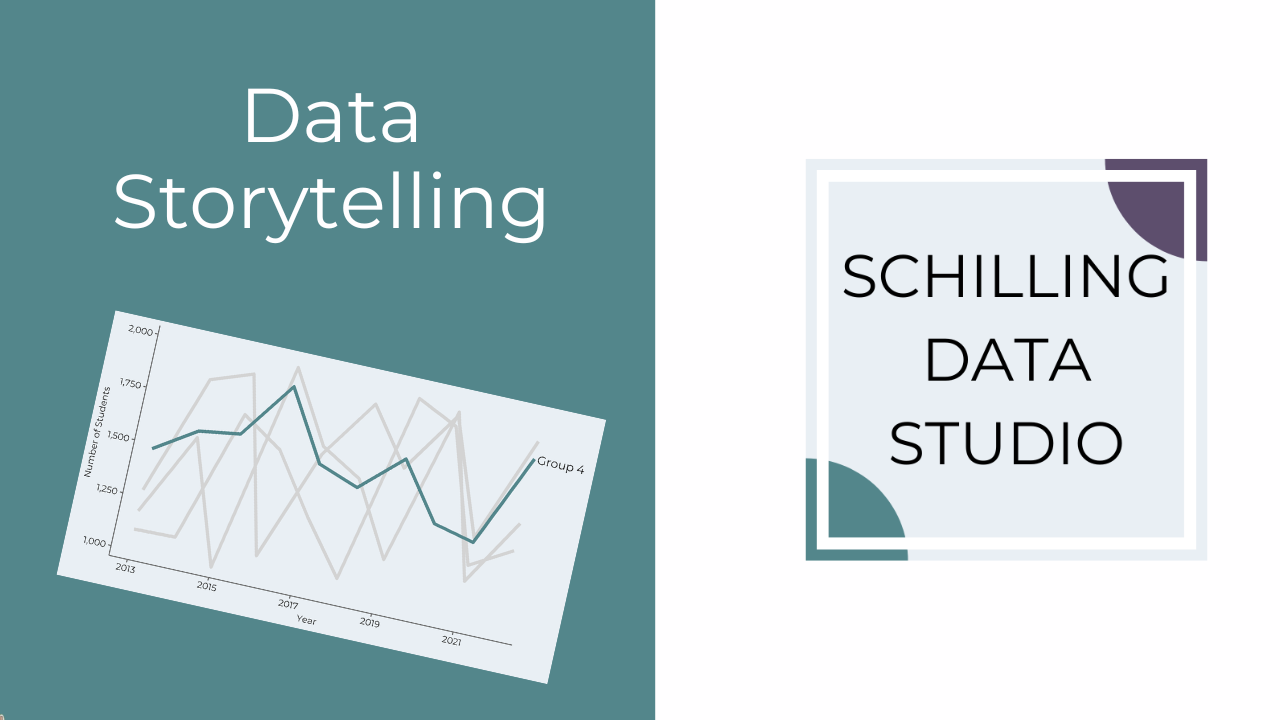Data viz tricks from storytelling
May 17, 2023
Think back to one of your favorite stories.
What made it memorable? Why did you love it?
To me, a memorable story has an emotional component to it - I connect with the characters, I understand their struggle, and I want to see the resolution.
Storytelling relates to data because through storytelling, we can take abstract data points and make them meaningful by creating compelling characters from the data or relating the data to something the audience connects with.
Stories are a way to bring information to life.
Adding a narrative structure to our data can lead our audiences towards action.
Effective stories can also grab the audience’s attention and make data more memorable.
Stories can change the audience’s viewpoint.
Stories evoke emotions and can create urgency, which helps to persuade the audience and make the data and your message more memorable.
Stories also help humanize the data by adding context, characters with personality and emotions, and creating relatable situations that the audience will connect with and remember.
So, how do you take storytelling and apply it to data?
This post is the first in a series of steps to create data stories.
The first step to creating a data story is to specifically identify who is in your audience, their context around the data, and what you want them to know or do.
Here are some questions to help you do that:
- Who is in your audience? Try to be as specific as possible when defining the audience.
- What do they already know? What background knowledge do they have? What do they need to know?
- What perspectives and preexisting ideas are they going to bring about the data or the message?
- How do they feel about the data?
- What experiences have they had already with this data, with your organization, and with data viz?
- What do you want them to know or do after viewing the data viz?
These questions will guide you in deeply understanding your audience and help you figure out the goal for your data story.
Once you understand your audience, you'll know how much context and background material you need to provide.
You'll also know how best to guide them through the data - do you need to provide a lot of explanation and simpler charts or are they comfortable reading complex visualizations - this will help you know where to start your data story.
If you don't want to wait for the rest of the steps, and you want to learn more about data stories as well as key principles for easily creating awesome graphs that your audience will immediately understand and connect to, check out my online course Data Viz Design Essentials.
Stay connected with news and updates!
Join our mailing list to receive the latest news and updates from our team.
Don't worry, your information will not be shared.
We hate SPAM. We will never sell your information, for any reason.
